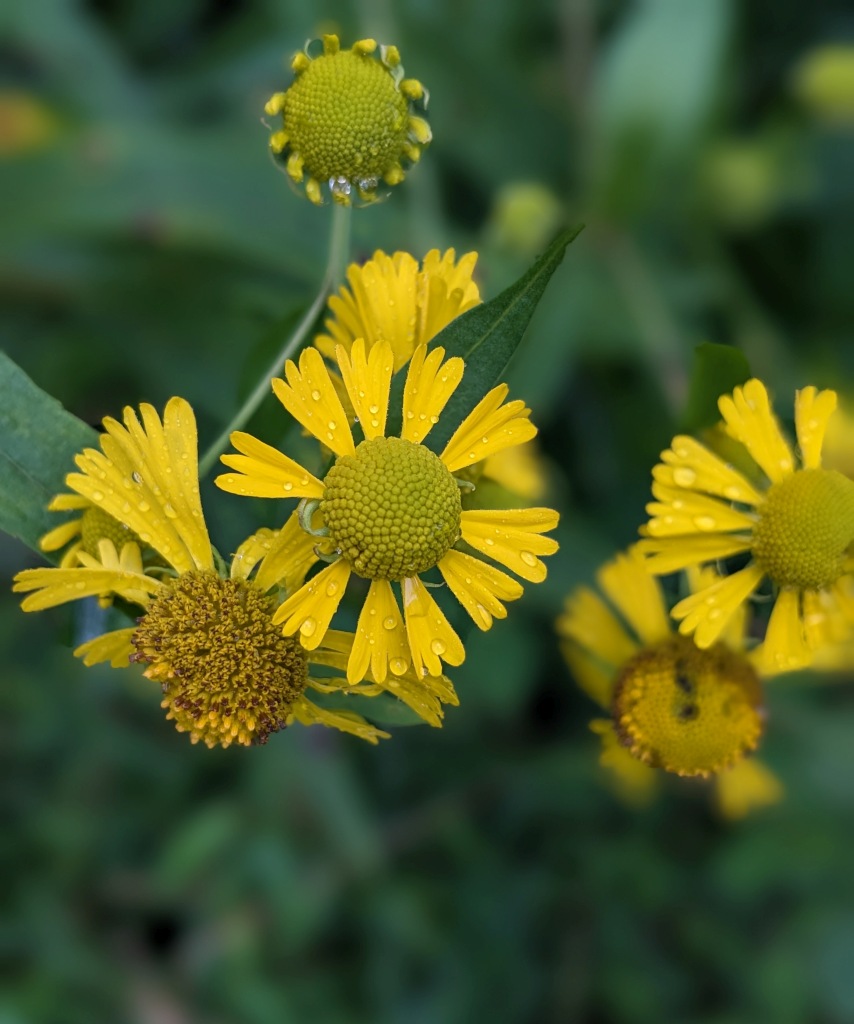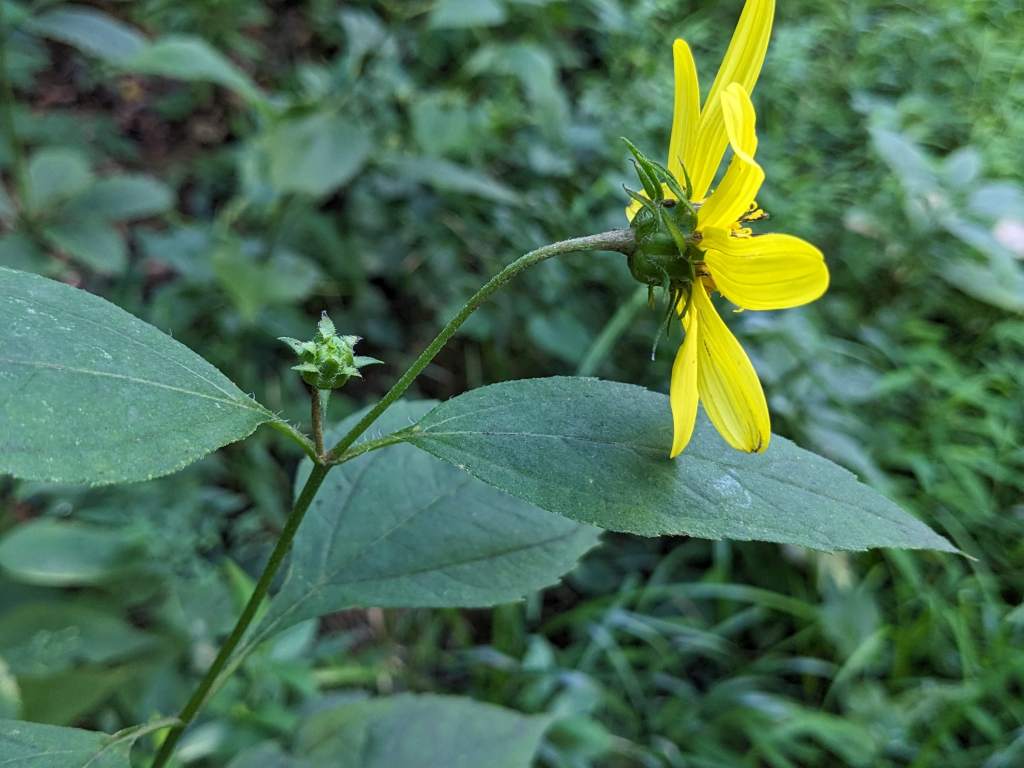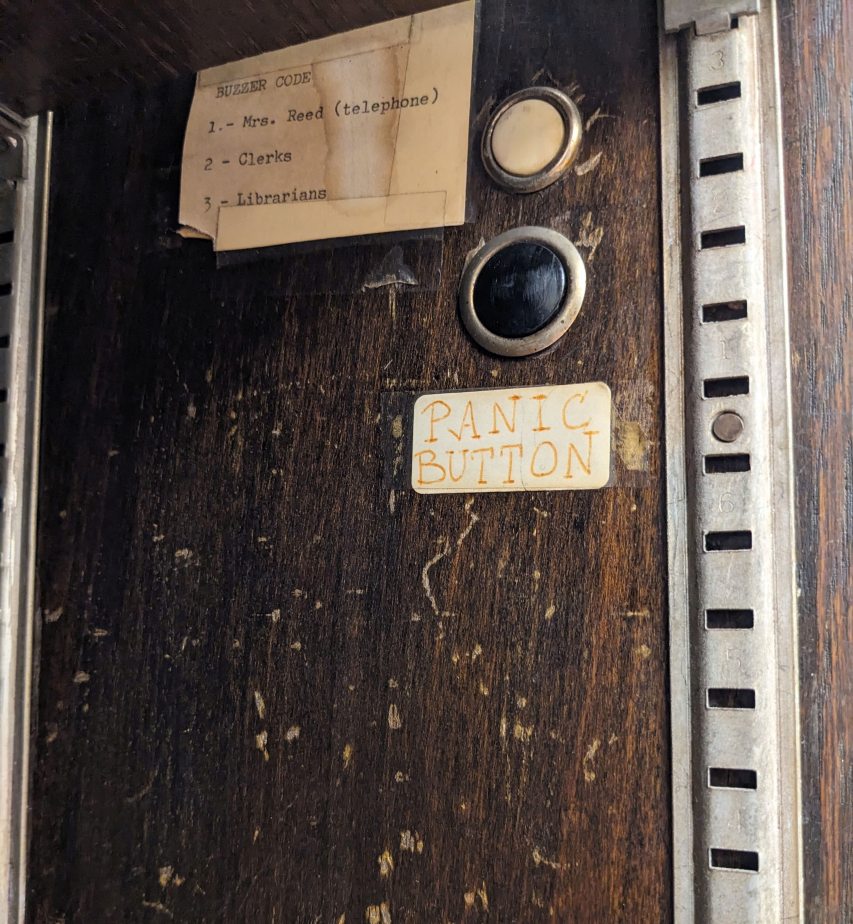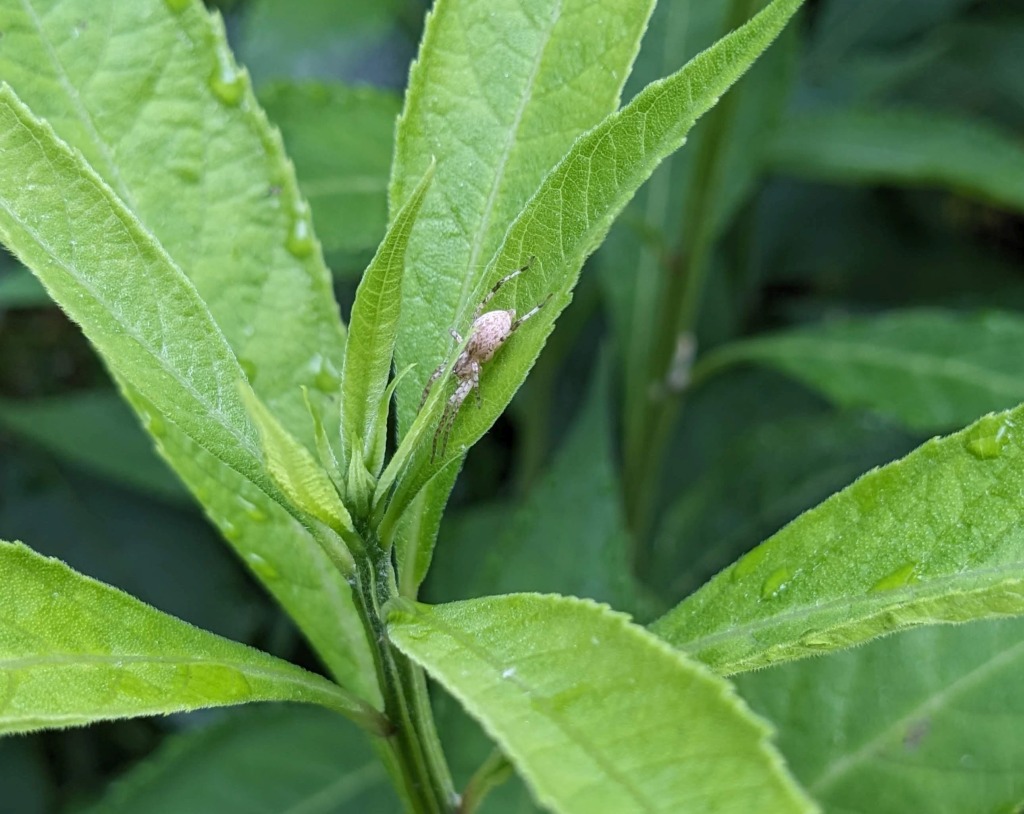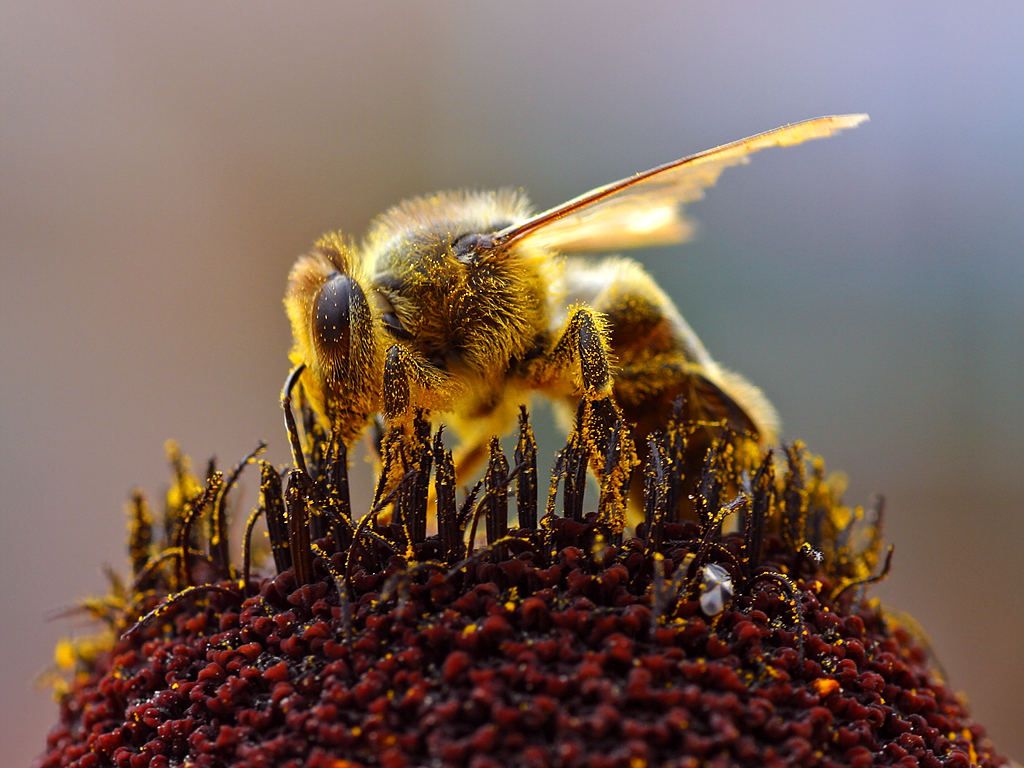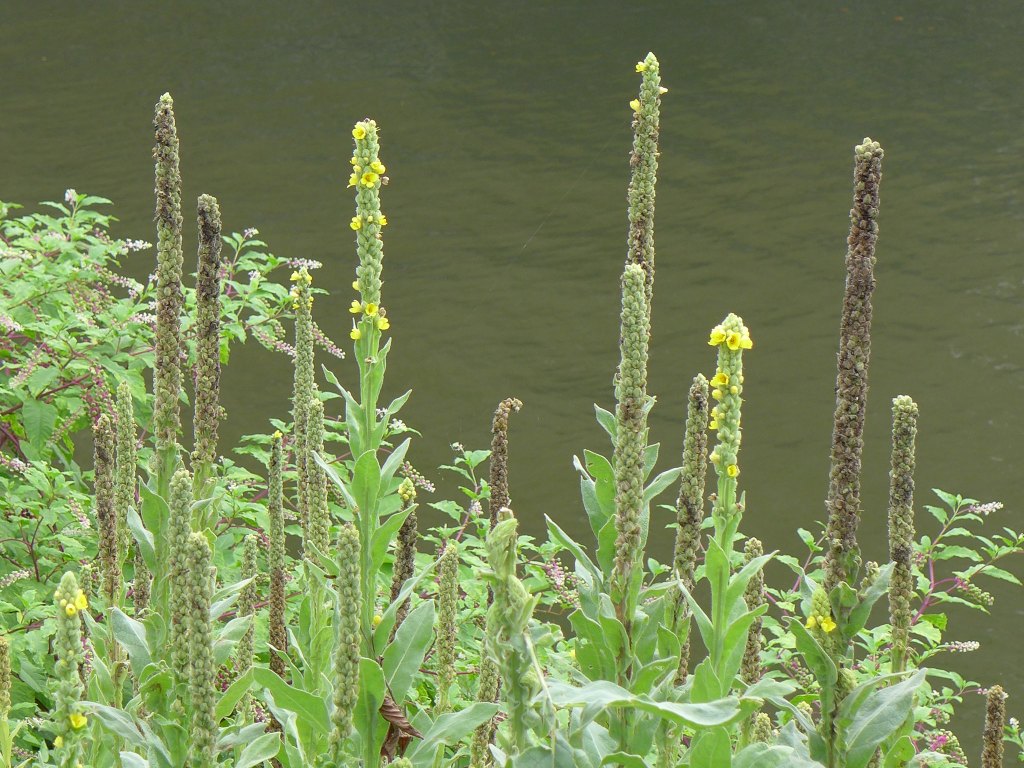
28 August 2023
Yesterday turned into a nice day, but when eight of us met at Schenley Park at 8:30am the temperature was cool with low clouds and the sky was blank gray. Normally the birds would have slept in but the migrants were hungry. We found 22 species.
Best Bird is hard to choose. Was it the belted kingfisher that hunted over Panther Hollow Lake? The ruby-throated hummingbirds that floated among the trees? Or the warblers — Blackburnian, magnolia and chestnut-sided?
Between birds the bugs took center stage. Milkweed bugs swarmed on swamp milkweed pods …

… and spotted lanternflies sipped on the Ailanthus trees that inspired my blog about sooty mold on honeydew. I was curious: Did the rain wash away the sooty mold? No.

Fourteen Canada geese flew over to join the 70 already grazing on Flagstaff Hill. Geese were absent from Flagstaff Hill this summer while they molted their wings feathers and did not return in large numbers until early August.
Here’s our eBird checklist: Schenley Park, Allegheny, Pennsylvania, Aug 27, 2022 8:30A – 10:30A
Canada Goose (Branta canadensis) 14
Rock Pigeon (Feral Pigeon) (Columba livia (Feral Pigeon)) 2
Mourning Dove (Zenaida macroura) 9
Ruby-throated Hummingbird (Archilochus colubris) 2
Belted Kingfisher (Megaceryle alcyon) 1
Red-bellied Woodpecker (Melanerpes carolinus) 2
Downy Woodpecker (Dryobates pubescens) 5
Northern Flicker (Colaptes auratus) 2
Blue Jay (Cyanocitta cristata) 5
Carolina Chickadee (Poecile carolinensis) 8
Tufted Titmouse (Baeolophus bicolor) 7
White-breasted Nuthatch (Sitta carolinensis) 2
Carolina Wren (Thryothorus ludovicianus) 3
Gray Catbird (Dumetella carolinensis) 1
American Robin (Turdus migratorius) 4
House Finch (Haemorhous mexicanus) 3
Chipping Sparrow (Spizella passerina) 15
Song Sparrow (Melospiza melodia) 1
Magnolia Warbler (Setophaga magnolia) 3
Blackburnian Warbler (Setophaga fusca) 2
Chestnut-sided Warbler (Setophaga pensylvanica) 2
Northern Cardinal (Cardinalis cardinalis) 6
The next outing will be 24 September at 8:30a in Schenley Park at Bartlett Playground.
(photos by Kate St. John)


